46+ Sample Product Proposals
-

Product Proposal Template
download now -
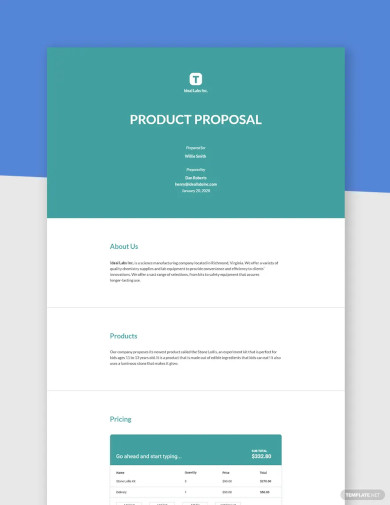
Simple Product Proposal Template
download now -
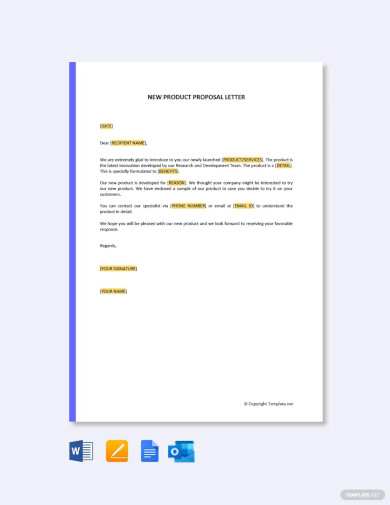
New Product Proposal Letter Template
download now -
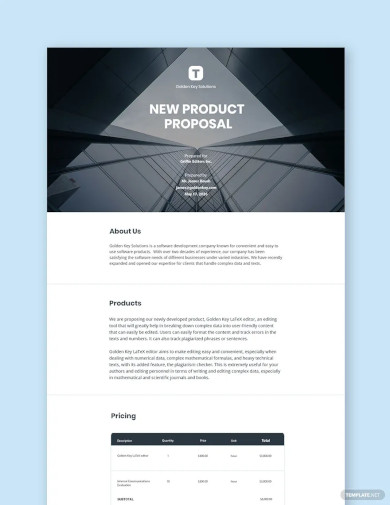
New Product Proposal Template
download now -
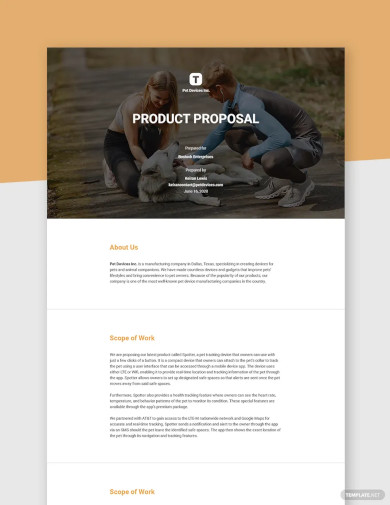
Business Product Proposal Template
download now -

Product Proposal Letter Template
download now -
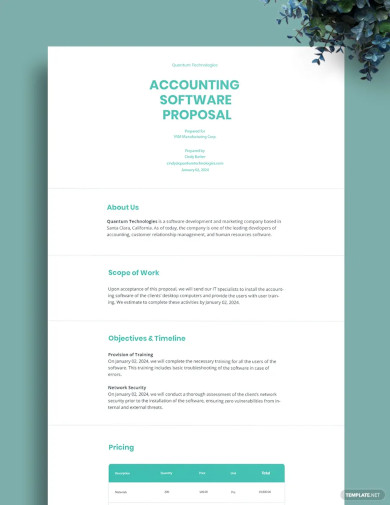
IT Product Proposal Template
download now -
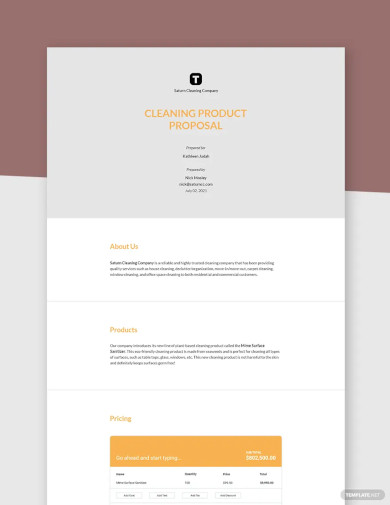
Free Sample Product Proposal Template
download now -
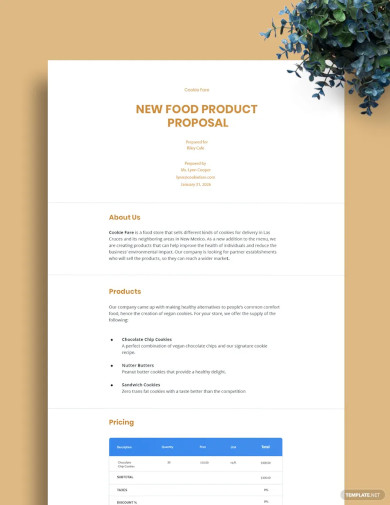
New Food Product Proposal Template
download now -
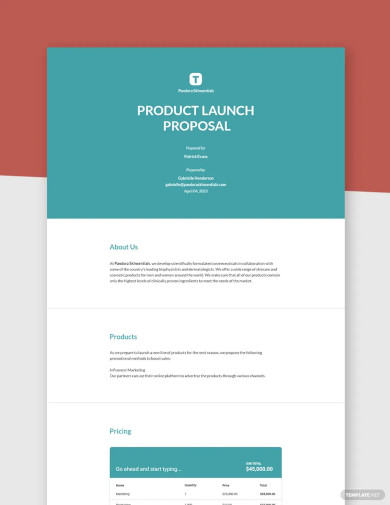
Product Launch Proposal Template
download now -

Product Sales Proposal Template
download now -
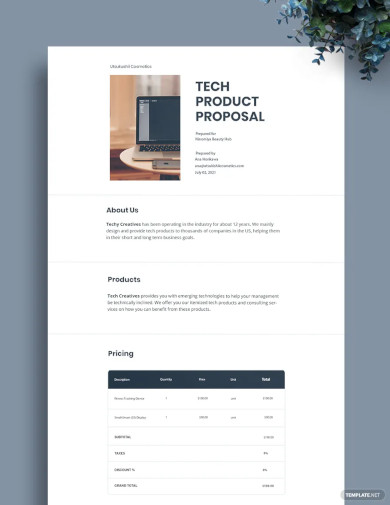
Tech Product Proposal Template
download now -
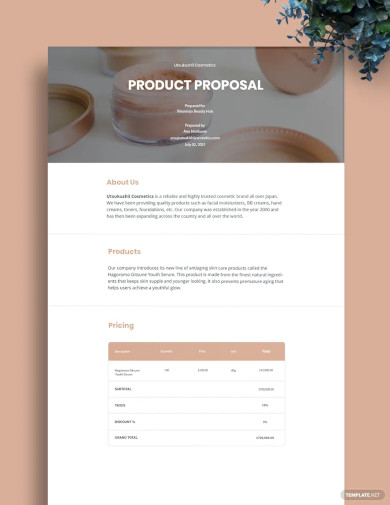
Professional Product Proposal Template
download now -
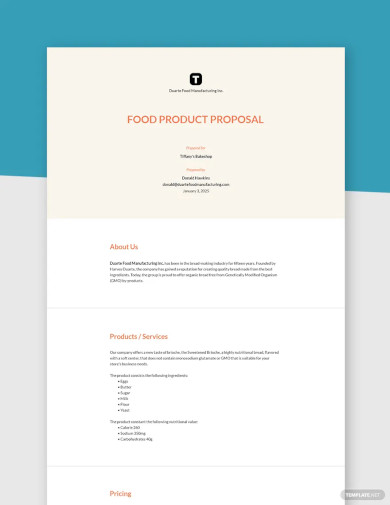
Food Product Proposal Template
download now -
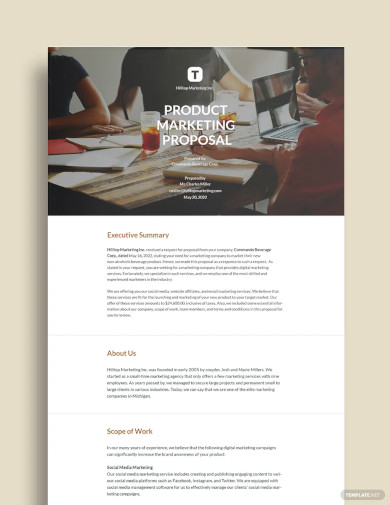
Product Marketing Proposal Template
download now -
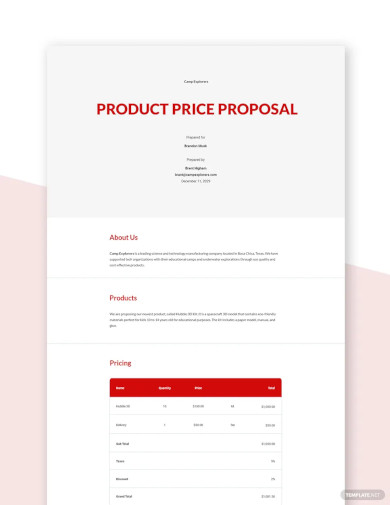
Product Price Proposal Template
download now -
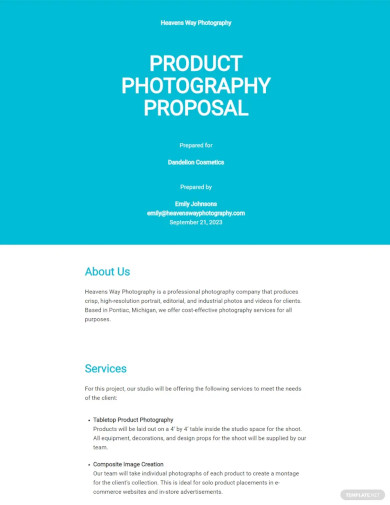
Product Photography Proposal Template
download now -
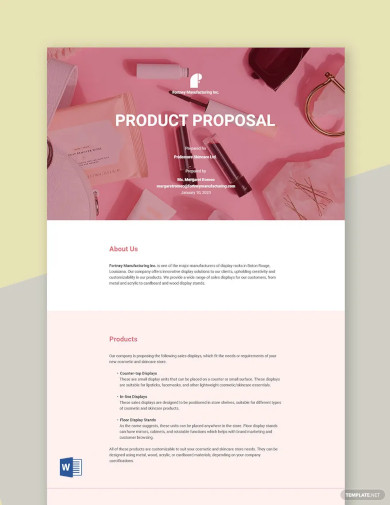
Product Proposal Sample Template
download now -
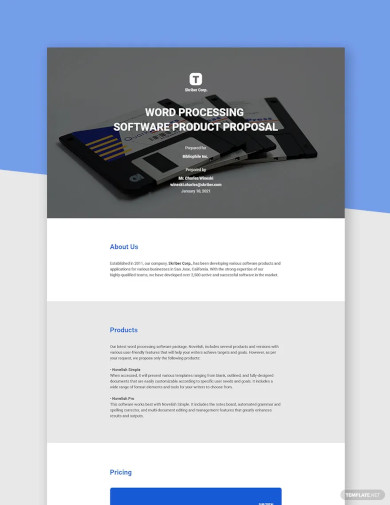
Software Product Proposal Template
download now -
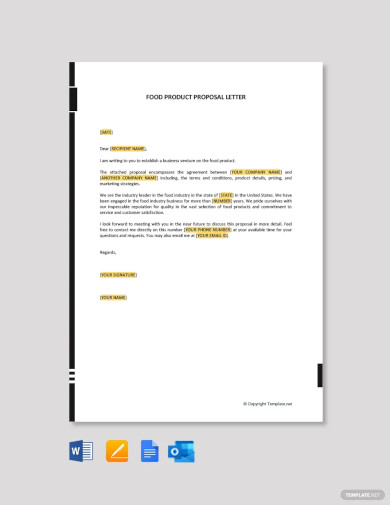
Free Food Product Proposal Letter Template
download now -
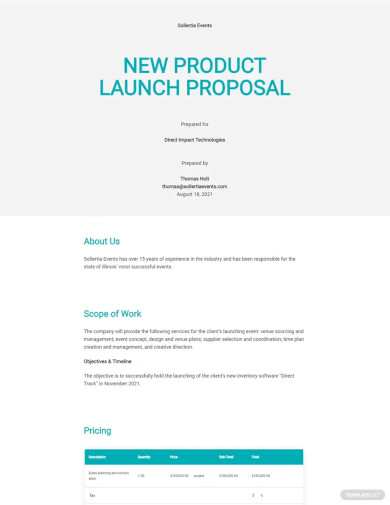
New Product Launch Proposal Template
download now -
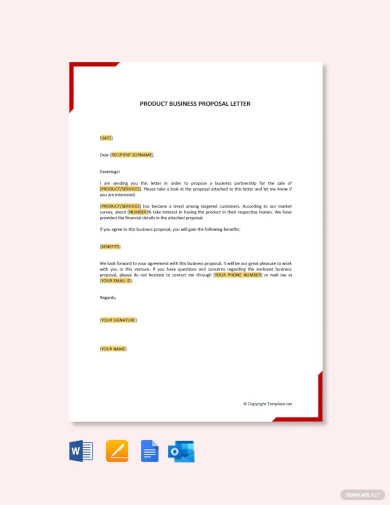
Product Business Proposal Letter Template
download now -
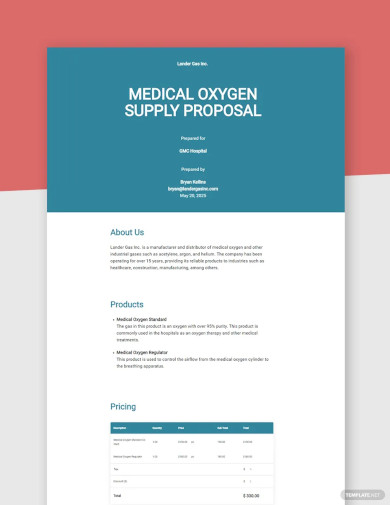
Product Supply Proposal Template
download now -
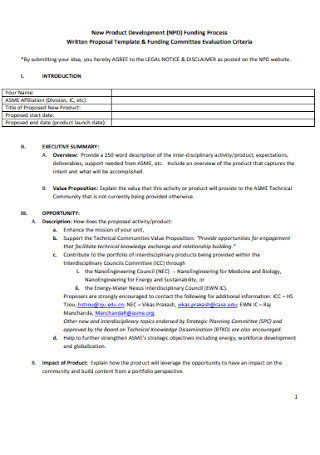
New Product Design Development Proposal
download now -
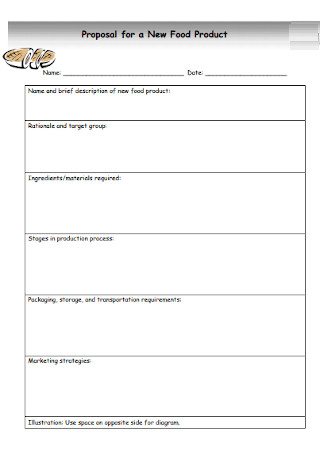
New Food Product Proposal
download now -

Marketing Research Product Proposal
download now -
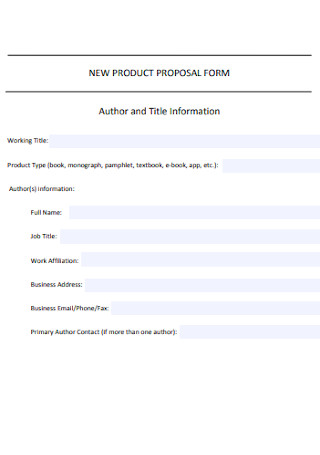
New Product Proposal Form
download now -

Simple Unique Product Proposal
download now -
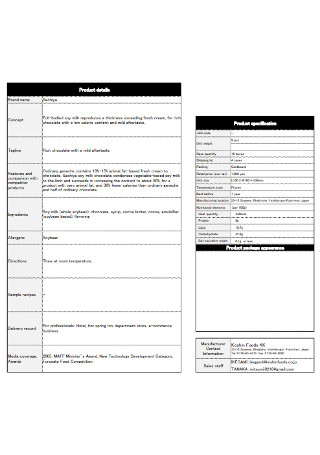
Business Product Proposal Format
download now -
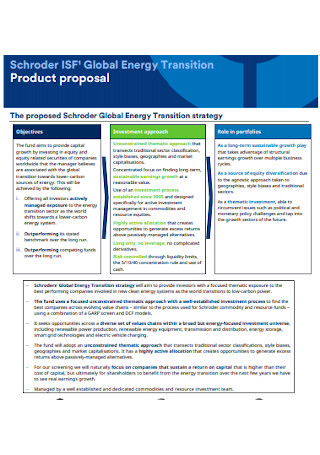
Product Investment Proposal
download now -
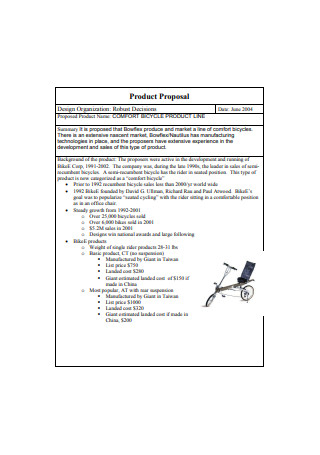
Feasibility Study Product Sales Proposal
download now -

Proposal for Functional Product Outline
download now -
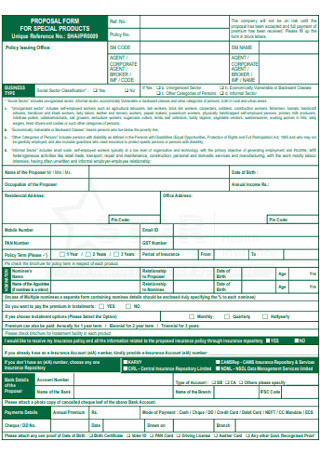
Industrial Design Proposal Products
download now -

Creative New Product Proposal
download now -
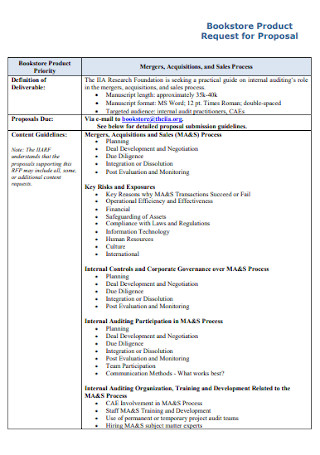
Bookstore Project Product Proposal
download now -

Sample Product Content Proposal
download now -
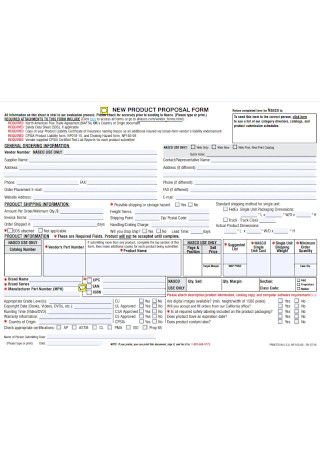
Basic Paper Product Proposal Form
download now -

Client Shop Product Proposal
download now -
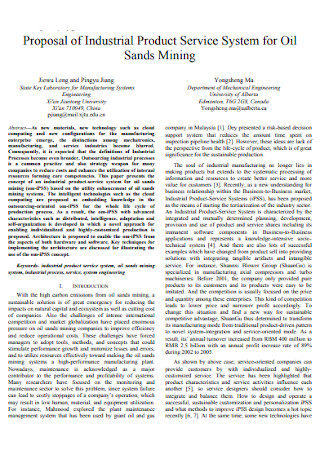
Written Proposal Product
download now -
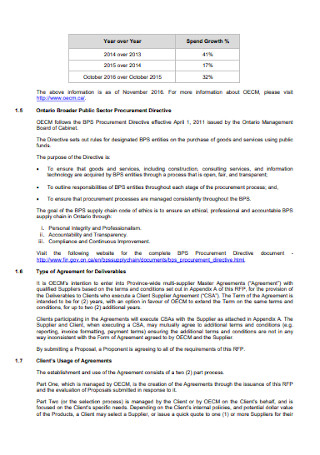
Electrical Supplier Product Proposal
download now -
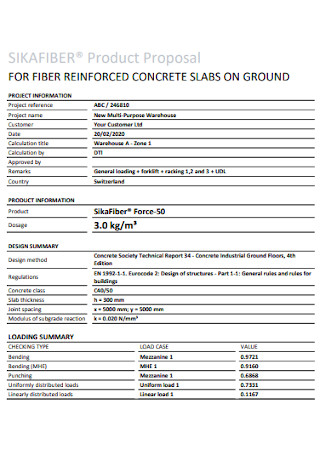
Fiber Product Proposal Brief
download now -
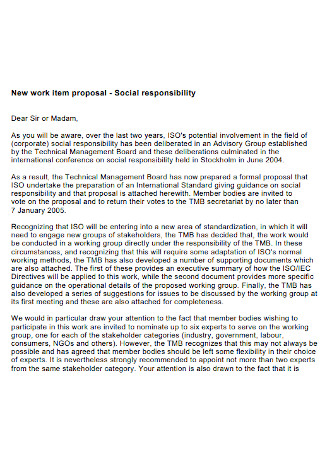
Work Product One Page Proposal
download now -
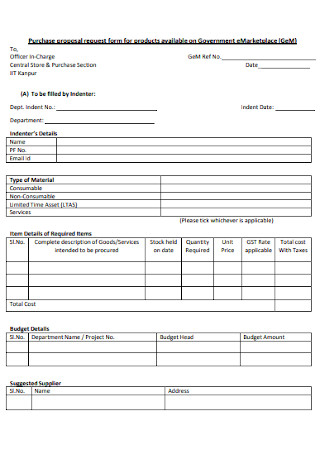
Product Title Purchase Proposal
download now -
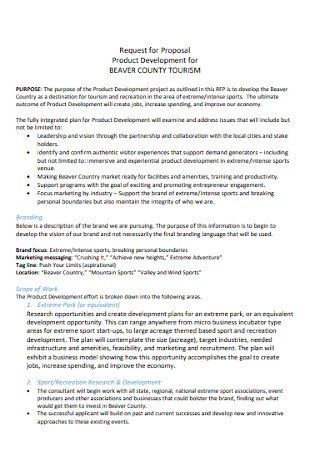
Entrepreneurship Product Development for Proposal
download now -
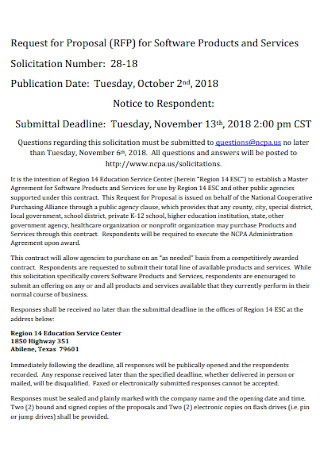
Proposal for Software Products
download now -
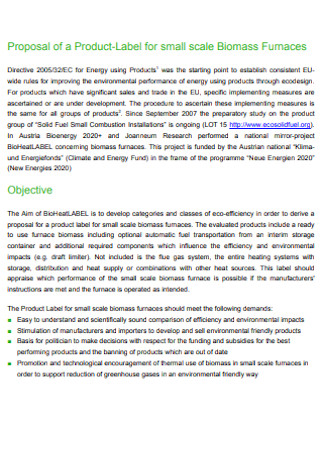
Proposal of Product for Biomass Furnaces
download now -
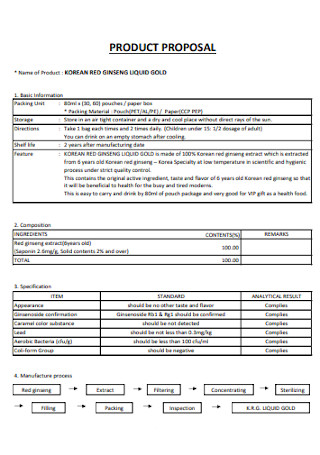
Gold Product Budget Proposal
download now
FREE Product Proposal s to Download
46+ Sample Product Proposals
Product Proposals: What Are They?
The Common Elements of a Product Proposal
Different Types of Proposals
How Do You Write a Compelling Product Proposal?
FAQs
What are the other types of proposals?
When do you write a product proposal?
Hos is a proposal different from a plan?
Product Proposals: What Are They?
The competition is tight in the business in which you are constantly seeking new markets and customers to sell products. Many years back, business owners were able to get by with a listing in the local phone book and word-of-mouth recommendations from satisfied customers. But those days are long gone. Now, you need an effective product proposal to pitch your products. As a sales tool, the product proposal should introduce your business, highlight your products, outline your cost, and help your customers understand your product as the right tool for the job.
Meanwhile, in a report by Better Proposal in 2018, the most commonly signed business proposals are those with six pages.
The Common Elements of a Product Proposal
The best first step in writing any proposal is to gather enough information about the prospective customer. This way, the proposal is tailored to that customer’s specific needs or goals. Although it takes more time doing this, your proposal is more likely to succeed. After data gathering, you can now proceed to familiarize the different parts of a project proposal in the list below.
Different Types of Proposals
Winning over customers, boosting sales, or getting an increase in your marketing budget does not happen in a snap of your fingers. Instead, it needs to be presented before taking measurable actions. But how can you pull together all of the ideas convincingly to make them a reality? A proposal is the best way to persuade your audience. It has a lot of different purposes, and one of those is to help get what you want by outlining smart goals to paint a picture of your intentions. To create a more persuasive impact, it is important to be aware of the different types of proposals. Let us take a look.
1. Construction Proposal
A construction proposal covers a wide range of situations that can be anything between commercial and residential. Because of that, a proposal may specialize in one thing—whether electrical, HVAC, roofing, plumbing, full-blown construction, government RFP responses, or small projects. However, any service-oriented proposal’s goals are the same: introduce your organization, highlight your services, describe the costs, and convince the client that you are trustworthy enough for the job. But how do you know you pull together all of the information convincingly? A quote or price list can never replace a comprehensive proposal. Because the main purpose of a proposal is to persuade clients to let you perform the work, it must prove that you can deliver the services needed.
2. Start-Up Proposal
The stakes are at an all-time high when managing a startup. It is known that startups rarely earn profits for their first few years. Statistics reveal that only 56% of startups reach their fifth year. According to other data, 42% fail due to bringing offers and services that are not in demand (Source: CBS Insight). Are you certain your startup’s hitting the right targets with the high-risk rate and vulnerability to consumer rejection? This should prompt you to identify the right objectives to pursue. When it comes to managing a newly planted brand, it takes more than generating profit as a goal to nourish and encourage its growth. Clarifying your objectives helps you translate your vision to your startup proposal.
3. Marketing Proposal
A marketing proposal is a presentation document that marketers or marketing agencies submit to propose a marketing project. Its purpose could be to promote a new product, a new service, or simply the company’s brand itself. A marketing proposal contains every bit of information about a marketing project. That includes the strategies, ideas for promotion, marketing expenses, the timeline of deliverables, marketing goals, and marketing projections.
4. Training Proposal
A training proposal covers the whole plan of what a business or organization can do to offer professional development, corporate training, and so much more. Training proposals basically describe the training program from the venue, schedule, duration, etc. And once organizations approve of the proposed training scheme, the training session will follow eventually.
5. Grant Proposal
A grant proposal is an official document submitted to grantmakers that covers all about the proposed project, its monetary requirements, and reasons why the organization needs grant assistance in the first place. It is the first step before actually having a formal grant agreement since giving and receiving grants only apply when grantmakers accept the proposal. And it is crucial for grant proposals to be informative and organized to have organizations support those in need of funding.
6. Sponsorship Proposal
A sponsorship proposal is an official proposal used to acquire the best sponsors in introducing your products and services, in getting the money to achieve a certain event, and is planning to deliver programs or events that meet the objectives and the budget. And this formal proposition is needed rather than just begging for sponsors to fund you. That is because sponsors would want to know if their money would be used for the right reasons, most especially, on how they also benefit from sponsoring you. Thus, a well-written and winning sponsorship proposal is the ultimate goal to get the attention of potential sponsors.
7. Bid Proposal
The main purpose of a business proposal is to persuade clients to let you perform the work. A construction bid proposal covers a wide range of situations that can be anything between commercial and residential. Because of that, a proposal may specialize in one thing—whether electrical, HVAC, roofing, plumbing, full-blown construction, government RFP responses, or small projects. However, any service-oriented proposal’s goals are the same: introduce your organization, highlight your services, describe the costs, and convince the client that you are trustworthy enough for the job.
8. Book Proposal
A book proposal is what a writer prepares when he or she wants to convince publishers into publishing their work. Basically, the book proposal contains the book’s synopsis, its target audience, and other essential details even if the whole manuscript isn’t finished yet. This proposal’s intention is to see if a proposed book could be economically viable in being published. Hence, publishers or agents will evaluate if the book idea is worth paying for or not.
How Do You Write a Compelling Product Proposal?
If you want to write the winning product proposal, it must look professional and indicate all requirements needed. Pitching a product proposal means competing against other businesses that offer the same products as yours. Because of that, you need to take time to hit all the key points. So, here are some tips on how to do it:
Step 1: Include an Executive Summary
It could not be stressed out enough. The executive summary is the most important part of your project proposal. Since your audience does not have so much time to read the whole proposal, the executive summary will tell them the things they need to know about the product. Additionally, it should also recognize your client’s concerns and shows that you care for their priorities better than anyone else who has already proposed to them.
Step 2: Identify Scope and Work Schedule
Most conflicts arise in the specification. That is why one of the proposal’s main focuses is identifying the scope and benefits. Do this by being as detailed as possible and strive for no ambiguity. In some cases, clients think that you agreed with doing something that was never in the proposal.
Step 3: Paint the Bigger Picture
Imagery is conventional for product proposals because it helps clients digest all the information quickly. When there are images, you give the reader a visual relief and short breaks from the textual and numerical content. By putting all facts into infographics, bar graphs, and tables, your proposal is easy to read.
Step 4: Describe the Cost
Writing a product proposal could be a tough challenge for being in the business. But even professionals who write business proposals for a living feel the same way. Often, getting the numbers right is quite a challenge in writing a proposal. Yet, clients need to know what they are paying for and what comes across, and what goes beyond the product scope.
FAQs
What are the other types of proposals?
- Thesis Proposal
- Business Proposal
- Project Proposal
- Investment Proposal
When do you write a product proposal?
If you are in a business that sells products, you should have a product proposal on hand to seek a new target market. A proposal is a sales tool that will help you persuade a potential client to avail of your products.
Hos is a proposal different from a plan?
A proposal and a plan are two different documents. The main difference between the two is that a plan is a written presentation that sets out goals and steps in achieving those goals while a proposal is a call to action that convinces its readers to do something on what is being proposed.
A proposal helps a client choose the best price and contract terms for a product. It means a well-written proposal has a good chance of winning a customer’s heart as it tells them what they want to hear about the product. For more proposal templates, visit our website and unveil a collection of ready-made business stencils.
